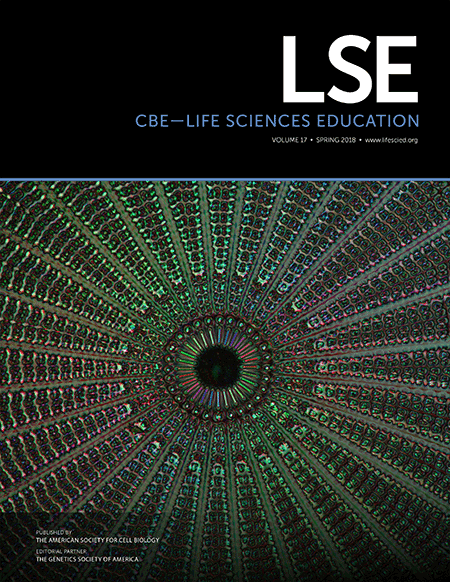Benefit–Cost Analysis of Undergraduate Education Programs: An Example Analysis of the Freshman Research Initiative
Abstract
Institutions and administrators regularly have to make difficult choices about how best to invest resources to serve students. Yet economic evaluation, or the systematic analysis of the relationship between costs and outcomes of a program or policy, is relatively uncommon in higher education. This type of evaluation can be an important tool for decision makers considering questions of resource allocation. Our purpose with this essay is to describe methods for conducting one type of economic evaluation, a benefit–cost analysis (BCA), using an example of an existing undergraduate education program, the Freshman Research Initiative (FRI) at the University of Texas Austin. Our aim is twofold: to demonstrate how to apply BCA methodologies to evaluate an education program and to conduct an economic evaluation of FRI in particular. We explain the steps of BCA, including assessment of costs and benefits, estimation of the benefit–cost ratio, and analysis of uncertainty. We conclude that the university’s investment in FRI generates a positive return for students in the form of increased future earning potential.



